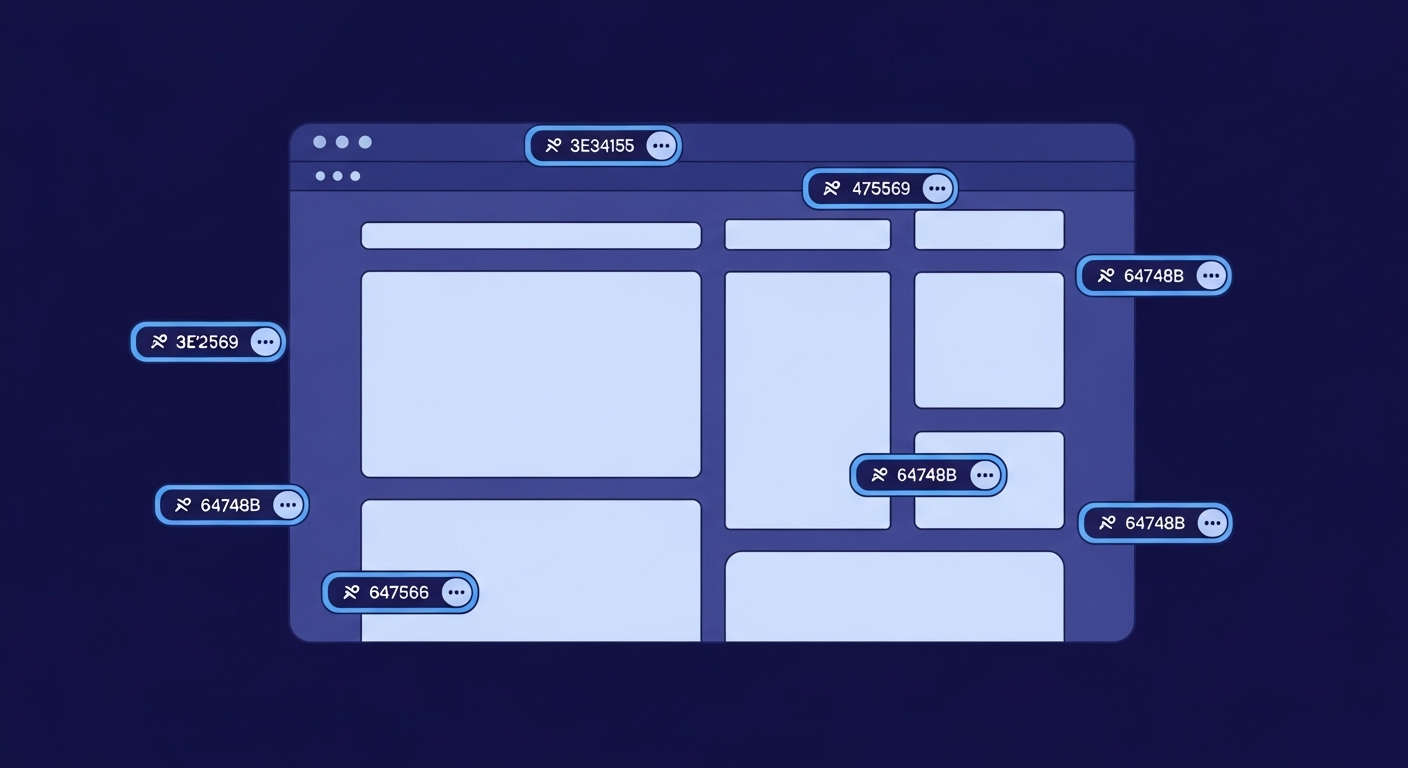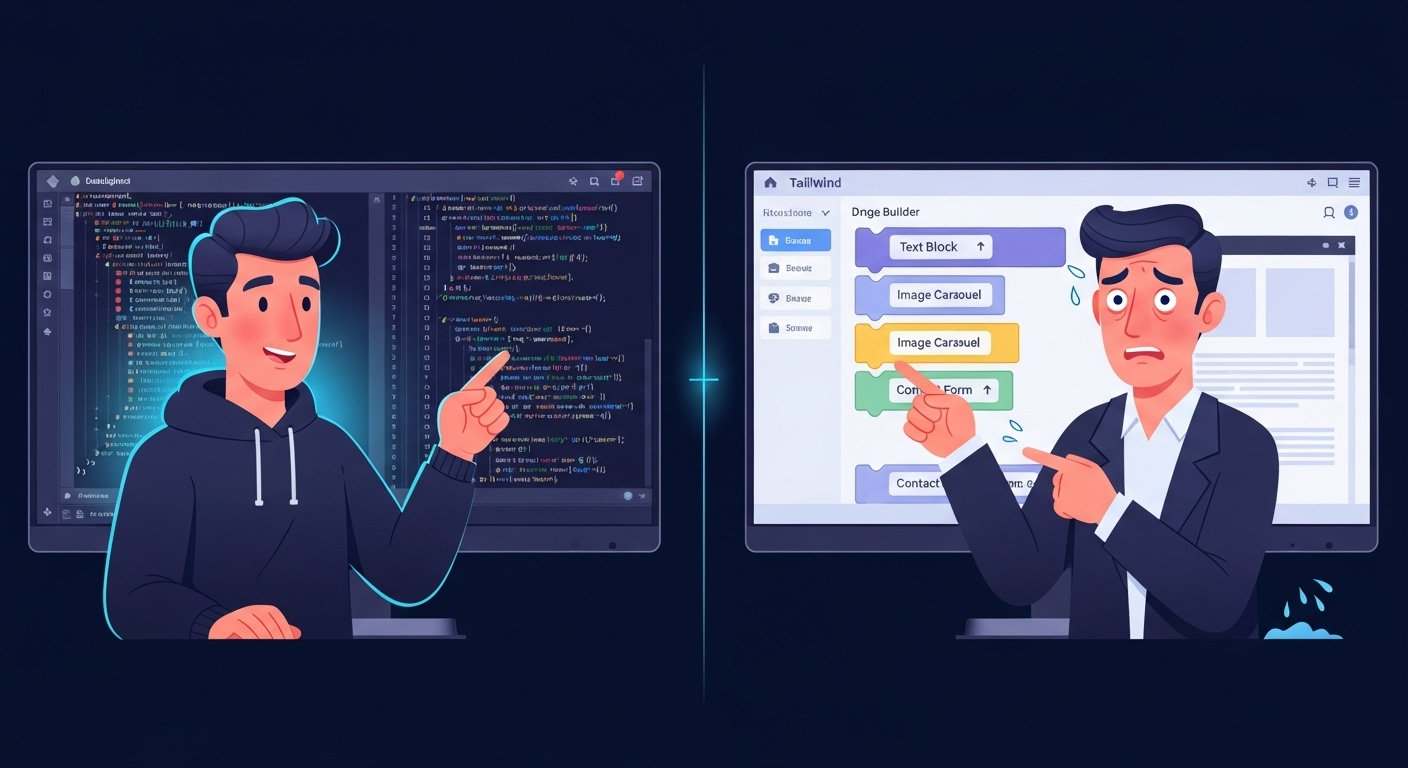Let’s have a brutally honest chat. You’ve just paid a marketing agency in Liverpool a hefty four or five-figure sum for a “bespoke, custom-built” website. You’re feeling pretty good about it. You’ve invested in your business. You’ve got a professional online presence.
But what if I told you that your £5,000 masterpiece is likely a £50 pre-built template that took them a few hours to splash your logo on? It’s the dirtiest secret in the web design industry, and it’s costing UK business owners millions. They rely on the fact that you’re too busy running your business to understand what’s going on under the bonnet. Well, today we’re lifting the bonnet.
Red Flag #1: It Looks Suspiciously… Familiar
This is the first, and easiest, gut-check. Does your brand-new website look strikingly similar to other sites you’ve seen? Does it follow a layout that feels a bit too… perfect? A bit too generic? That’s because it probably is.
Agencies buy these themes from massive online marketplaces. They’re designed to be one-size-fits-all solutions for “plumbers,” “restaurants,” or “accountants.” The agency just changes the colours, swaps the images, and plugs in your text. The result is a website that has no soul, no unique personality, and worst of all, doesn’t reflect *your* brand.
The Savvy Test: Ask the agency, “Can you show me another site you’ve built that looks completely different from this?” If they hesitate, or if all their portfolio pieces share the same fundamental structure, you’ve got your answer.

Red Flag #2: They Can’t Explain the Tech (Or They Get Defensive)
This is where you can really catch them out. You don’t need to be a tech expert, you just need to ask one simple question:
“Could you walk me through the custom code you wrote for this project?”
Watch their reaction. A genuine developer who b
uilt your site from the ground up will be happy to show you their work. They’ll talk about the framework they used, the custom post types they created, or the unique JavaScript functions they wrote. An agency that used a template will either get defensive, bombard you with jargon to confuse you, or flat-out lie.
They sold you a hand-tailored suit, but they can’t show you a single stitch they made themselves. For more on what goes into a real website build, you can read up on development costs from authoritative sources like Semrush.

Red Flag #3: You’re Held Hostage for Minor Changes
The biggest long-term cost of a template scam is the lack of control. You want to change a section on your homepage or add a new service. You send an email to the agency. They reply saying it’s a “complex structural change” and quote you another £300.
This is the core of their business model. They’ve locked you into their ecosystem because the template is so rigid and bloated that it’s liable to break if you try to edit it yourself. A genuinely custom-built site is flexible. It’s designed to grow with your business. A template is a cage.
You should have the power to manage your own content. If you feel like you have to ask for permission to touch your own website, you’ve been sold a dud. It’s one of the key services we focus on fixing.
What To Do If You’ve Been Scammed
Don’t just accept it. You paid for a professional service and received a cheap knock-off. Demand an honest conversation. Ask for the name of the theme they used. Ask for a partial refund that reflects the actual work done. Most importantly, demand full administrative access to your site.
Your website is your most important digital asset. It should be a powerful, unique tool that works for you, not a generic rental that holds you back. Don’t settle for less.




